Why Did Your Check Engine Light Turn On?
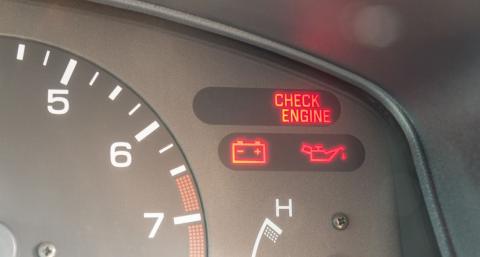
There is one thing that many drivers are scared of that doesn’t have to do with getting a traffic citation or being involved in a car accident. The check engine light has the ability to strike fear into those who see it light up. Even if the reason behind the light is minor, it ultimately means you will be visiting a mechanic to fix the issue and get the light turned off.
Why Is My Check Engine Light On?
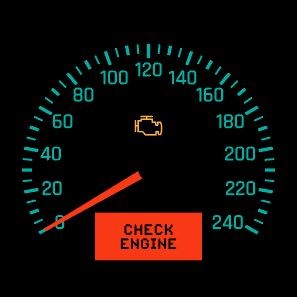
Have you ever asked yourself what does the check engine light mean? When you first see that “check engine” light illuminates your dashboard, it’s most likely accompanied by a sinking feeling in the pit of your stomach. But not to worry, we’re here to guide you when the check engine light comes on.
The check engine light comes in different colors; orange, yellow or amber, depending on the manufacturer. When the check engine light comes on it could be because of a minor issue, such as a faulty gas cap, or it could mean something more serious, such as a misfiring engine.
What Causes the Check Engine Light to Come On
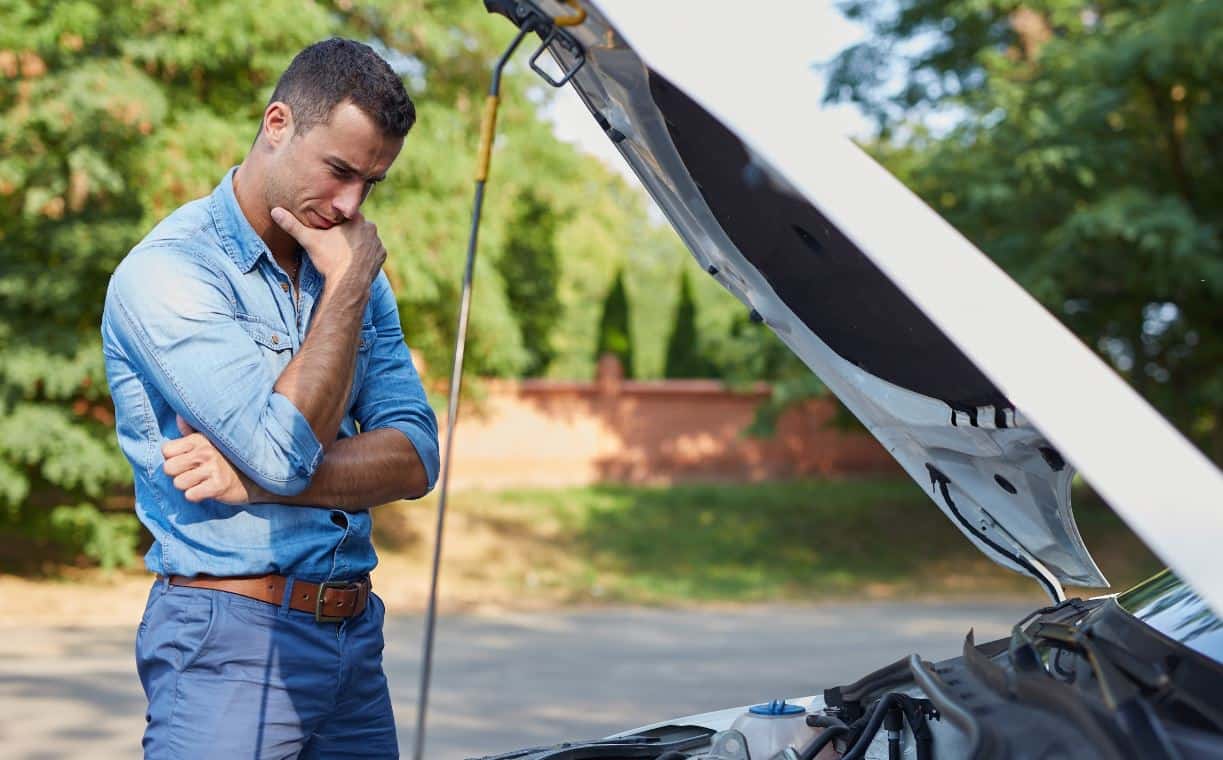
The check engine light is there for a reason; mainly to alert you when there’s an issue with your vehicle. There are many reasons why the check engine light may turn on. These reasons can range from quick and inexpensive repairs to more costly issues. Some of the most common culprits behind that check engine light are as follows:
- Exhaust Leak - A very common issue that will trigger the check engine light is an exhaust leak. Which can decrease fuel efficiency, causing your engine to work harder? Since the oxygen sensor helps to dictate the proper air/fuel mix used by the engine, this leak will generally throw off the readings of the oxygen sensors.
- Misfiring - Misfiring means that the spark plugs are not firing at the correct time, resulting in a poorly running engine and a huge waste of fuel. This occurs when the spark plugs fail, causing an engine misfire. But spark plugs are relatively simple to change on most cars, making this problem a breeze.
- Faulty MAF sensor - The Mass Airflow Sensor (MAF) detects how much air is coming into the engine and calculates how much needs to be mixed with the gasoline to create a properly running engine. A faulty MAF sensor often results in your car stalling, lack of power and poor acceleration, or a no-start.
- Malfunctioning or Loose Gas Cap - When you fill up, be sure to always tighten the gas cap before leaving the station. A loose cap, or a broken one for that matter, can trigger the check engine light. This will happen because gas vapors evaporate out of the filler hose, thus causing a waste of gas. This can be fixed by making sure the gas cap is tight and clicks in place. The check engine light should turn off after you drive several minutes if the light was caused by a loose gas cap.
- Failed Catalytic Converter - The catalytic converter is one of the most expensive parts on your car. Its purpose is to reduce emissions from the exhaust with an efficiency level required by each state to control pollution. It’s very difficult for the catalytic converter to fail on its own, so if it's having trouble during a check engine light diagnostic, chances are that the light has been on for some time. That is why we always recommend getting a diagnostic as soon as that light comes on.
What Causes the Check Engine Light to Blink
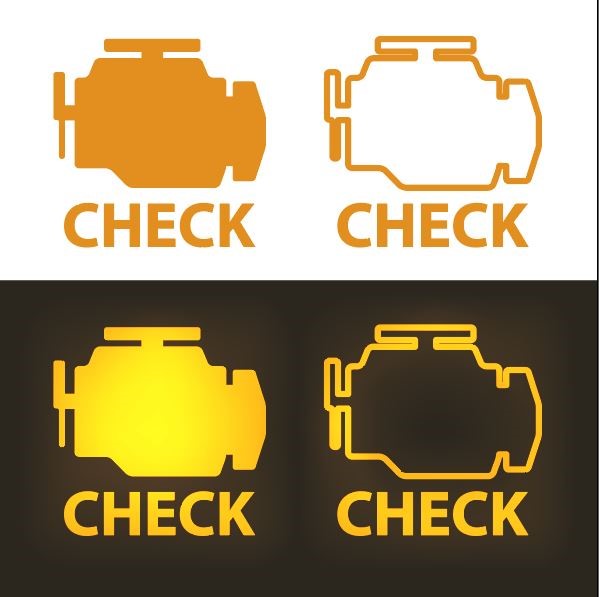
When the check engine light starts blinking (as opposed to staying illuminated), it usually indicates a severe engine misfire which is allowing unburned fuel to be dumped into the exhaust system. It can quickly raise the temperature of the catalytic converter to a point where damage is likely, requiring an expensive repair. If this happens, you’ll be able to feel a noticeable difference in the way your vehicle is running.
When the check engine light flashes, you should pull over safely and shut the vehicle off as soon as possible. Continuing to drive the car will do more damage and will cost much more to repair. Keep in mind that if you keep driving, you will likely cause irreversible damage, most of it to the expensive catalytic converter. Do not risk the expense and have the car towed to your trusted repair facility for a diagnosis and repair.
How to Reset the Check Engine Light
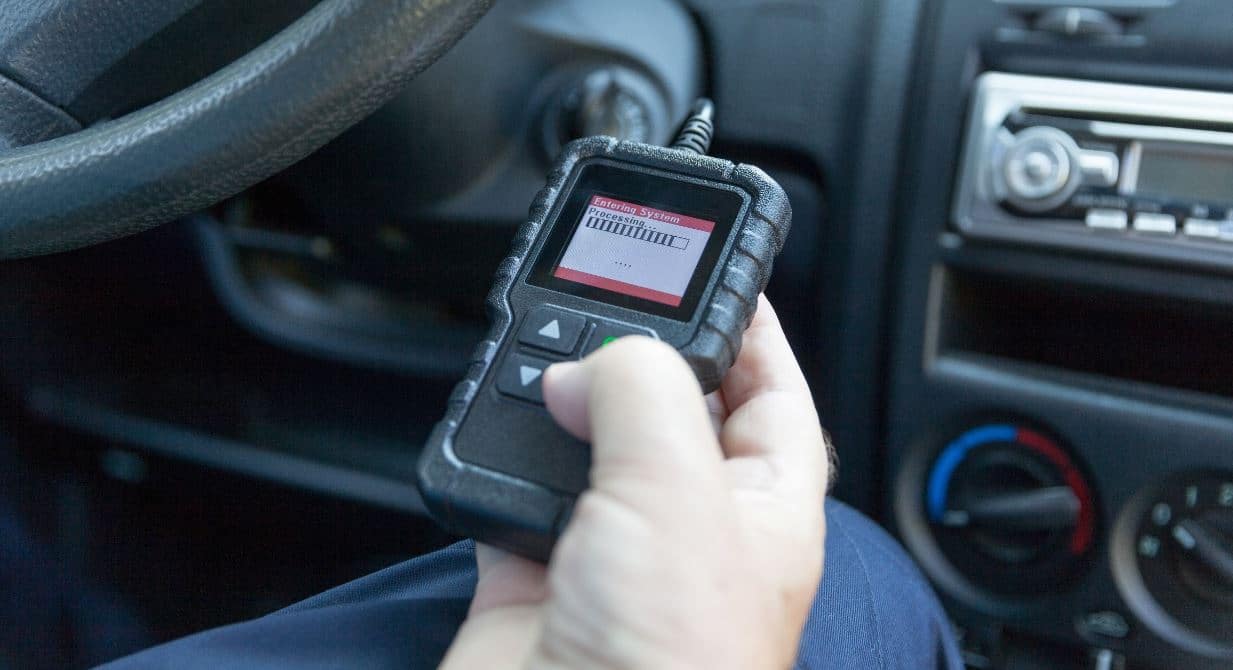
It’s important to note that when the check engine light comes on its telling you that something is wrong. In some vehicles, there are separate warning lights labeled service engine or maintenance due, versus a more traditional check engine light. If there’s any confusion about which light you’re looking at, be sure to refer to your owner’s manual.
If it’s a maintenance-related warning light, then you can relax, at least temporarily. This type of light is your car’s way of telling you that some work is necessary, such as an oil or air-filter change. If your car shows a more common solid amber or yellow check-engine warning light, there’s an easy-to-use tool that can help you understand what is going on.
You can find out what’s ailing your engine through the vehicle’s OBD-II port. Which is a connector found on every post-1996 car and truck? All you have to do is plug an OBD-II scanner tool into it and, in most cases, out pops a code that tells you what the problem is. The scanner also allows you to clear the vehicle’s internal code, which is what originally triggered the check engine light. Complete that, and the warning light will turn off.
If your main reason to buy a scanner is to reset the check engine light, know this: clearing the code and turning the light off doesn’t necessarily mean that your issue has gone away. Some check engine light warnings are temporary. It’s possible that the warning light won’t come back on after you clear the code. Then again, if the light does come on again soon, you must conclude that you do have an issue that needs to be addressed.
Still, some discrepancies might arise between codes you read on your scanner and what the dealership or shop uncovers, so keep this in mind when the dealership gives you their diagnostic report. Given the complexity of today’s automobiles and the more advanced tools used at repair shops, they sometimes uncover additional issues.
Don’t Ignore That Light
As you now know, there are several reasons as to why the check engine light may appear on your dashboard. Whether it’s something minor or a more serious issue, we recommend you do not delay in having a diagnostic to find out what’s wrong.
Once you get the check engine light fixed and you are ready to hit the open road, make sure you have peace of mind by having the appropriate auto insurance coverage. Here at A-Abana, we understand the importance of being covered at the right price in order to give you peace of mind. Get your free no-obligation quote here and see how much you can save!






